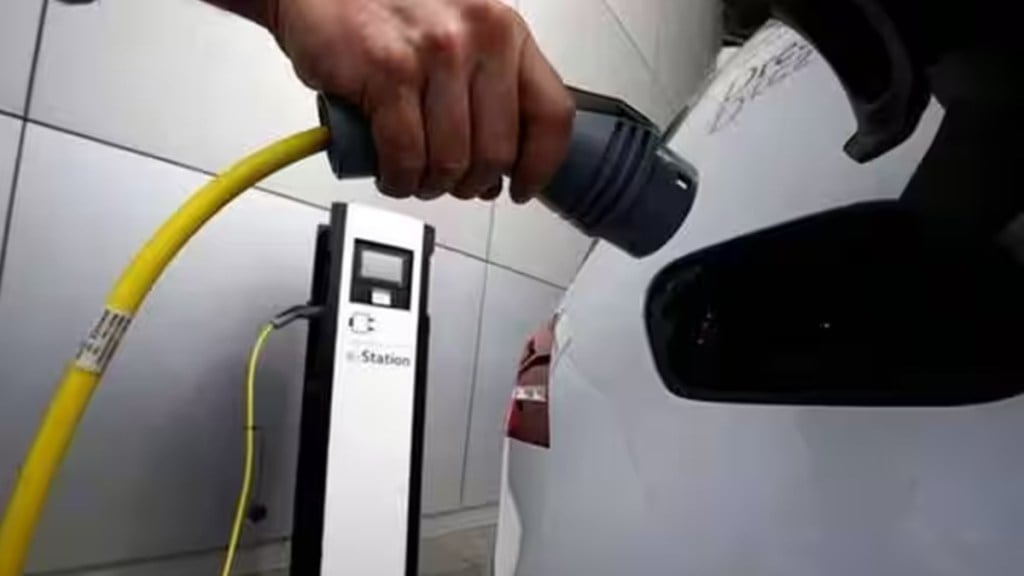A race is on between hybrid electric vehicles (HEV) and battery electric vehicles (BEV), with the former being led by Japanese manufacturers Maruti Suzuki India and Toyota Kirloskar Motor and the latter by homegrown auto major Tata Motors.
However, it’s a close contest with the BEVs leading but HEVs catching up fast. The numbers tell the story. During the April-August period of the current fiscal, of the 16,12,210 passenger vehicles (PVs) sold in India, about 30,000 were HEVs, while close to 37,000 were BEVs. In terms of market share, this translates to 1.8% and 2.3%, respectively.
“While the 2.3% market share for BEVs is on expected lines, the 1.8% share that HEVs have garnered was possible only by the sales push provided by Maruti and Toyota,” an auto analyst told FE.
In September 2022, Toyota Kirloskar launched the Urban Cruiser Hyryder and Maruti Suzuki drove in the co-badged Grand Vitara—both with HEV variants. In November that year, Toyota launched the Innova Hycross and this year Maruti launched the co-badged Invicto—both again with HEV variants. These four models have contributed to more than 95% of HEV sales.
Other HEVs in India are Toyota’s Vellfire and Camry, Honda City e:HEV, and luxury cars sold by Lexus.
Shashank Srivastava, senior executive officer, marketing and sales, Maruti Suzuki India, told FE that despite having fewer models than BEVs and a late entry into the market, HEVs are strongly making their presence felt.
This is because customers have started realising the benefits in terms of high fuel efficiency, very comfortable ride, and powerful performance, Srivastava added.
While BEVs had started to become popular early in 2020, when Tata Motors launched the Nexon EV, the first mass-market HEV in India was the City e:HEV, launched in May 2022.
Today, while there are more than 20 BEV models and about 10 in the mass market, the charge is led by Tata Motors with Nexon EV, Tiago EV and Tigor EV. In comparison, there are only five mass-market HEVs.
While BEVs have a battery that needs to be charged from an external source, HEVs use two sources of power to drive the vehicle—internal combustion engine (usually a petrol) and electric motor.
On short distances, HEVs can be operated only as BEVs, and longer journeys can be enabled using engine plus electric. Unlike BEVs, HEVs don’t need a charger—the engine charges the battery.
Incidentally, it’s only the Japanese who are focusing on hybrid cars, and believe that HEVs are a better choice for India until a nationwide charging infrastructure for electric cars is developed.
According to analysts, Japanese manufacturers have invested billions in hybrids globally, and till the time that investment pays off they will do everything to promote this technology.
Earlier this year, Maruti Suzuki had forecast that 25% of its total sales would come from HEVs by 2030.









